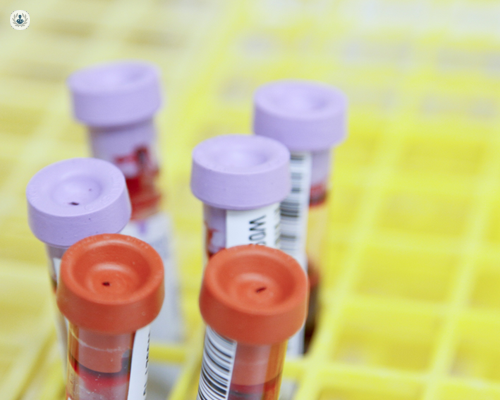Total proteins and albumin/globulin ratio (A/G)
What is being analysed here?
The total protein and albumin/globulin (A/G) ratio test measures the total amount of proteins in your blood. There are two main types of proteins in the blood: Albumin is the first type, and this helps prevent blood from leaking out of blood vessels and transports hormones, medications, vitamins, and other important substances throughout the body. Albumin is produced in the liver.
The second type is globulins, which assists in fighting infections and transports nutrients throughout the body. Some globulins are produced by the liver, while others come from the immune system. The test also compares the amount of albumin in the blood to the amount of globulin, known as the albumin/globulin ratio (A/G).

What does the result mean?
Negative: In a healthy individual, no abnormal levels of total proteins are detected. Positive: Abnormal levels may indicate health issues such as liver or kidney diseases.
Why perform the analysis?
To measure proteins and other substances in the blood, to diagnose kidney or liver diseases, and assess nutritional status.
When should the analysis be performed?
As part of a routine check-up. If you experience symptoms such as swelling, fatigue, unexplained weight loss, nausea, jaundice, or blood in the urine.
Is there any required sample?
A blood sample taken from a vein in the arm.
Is there any special preparation needed?
No specific preparation is required for this test.
How is it used?
The albumin/globulin ratio (A/G) helps evaluate liver and kidney function.
Normal values
Negative: No abnormal levels of proteins detected in blood. Positive: Health issues, possible liver or kidney disease.